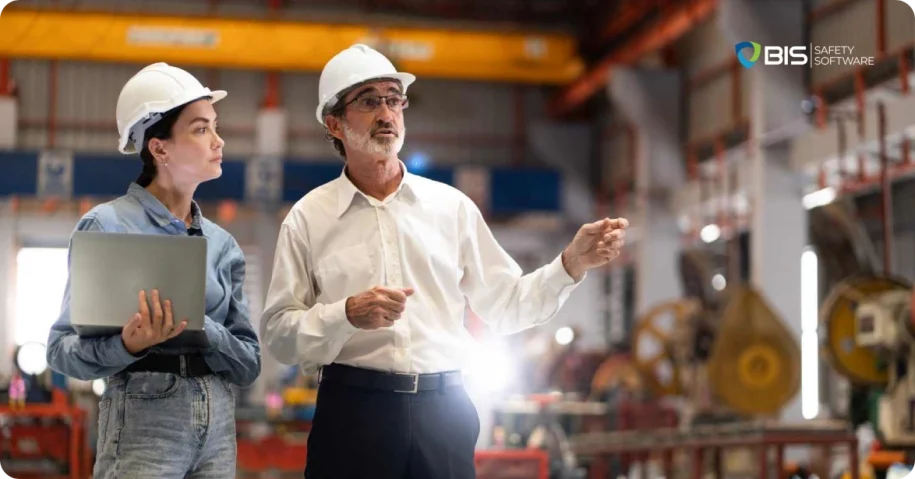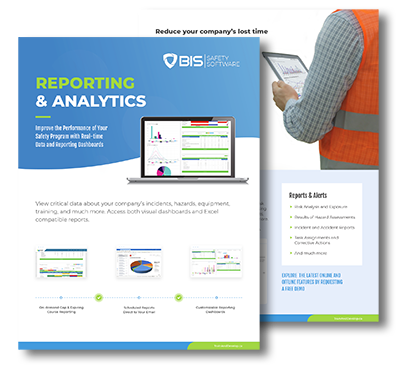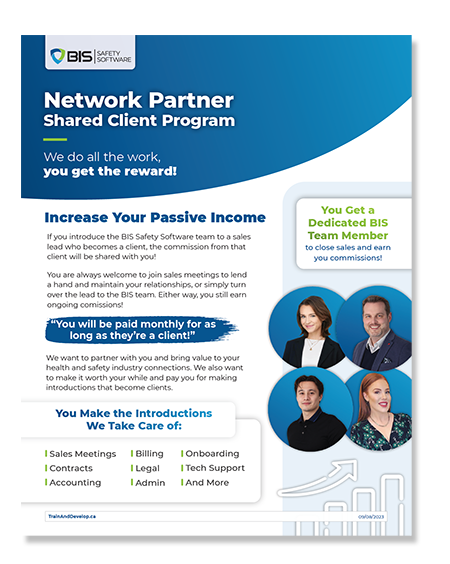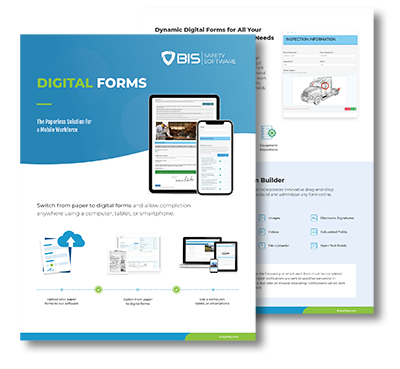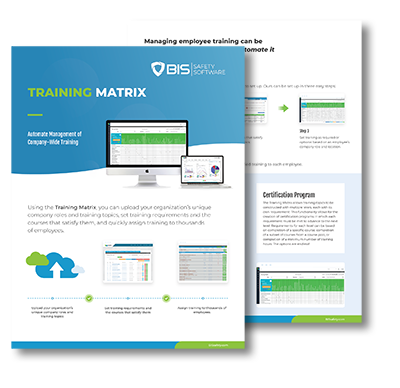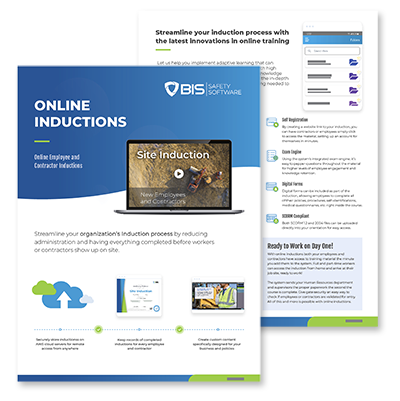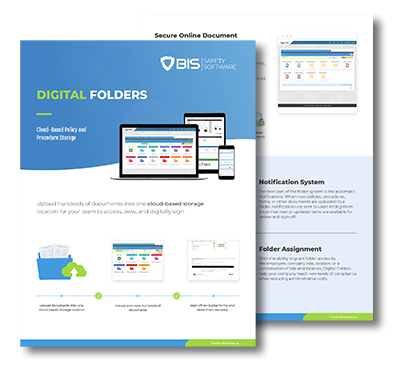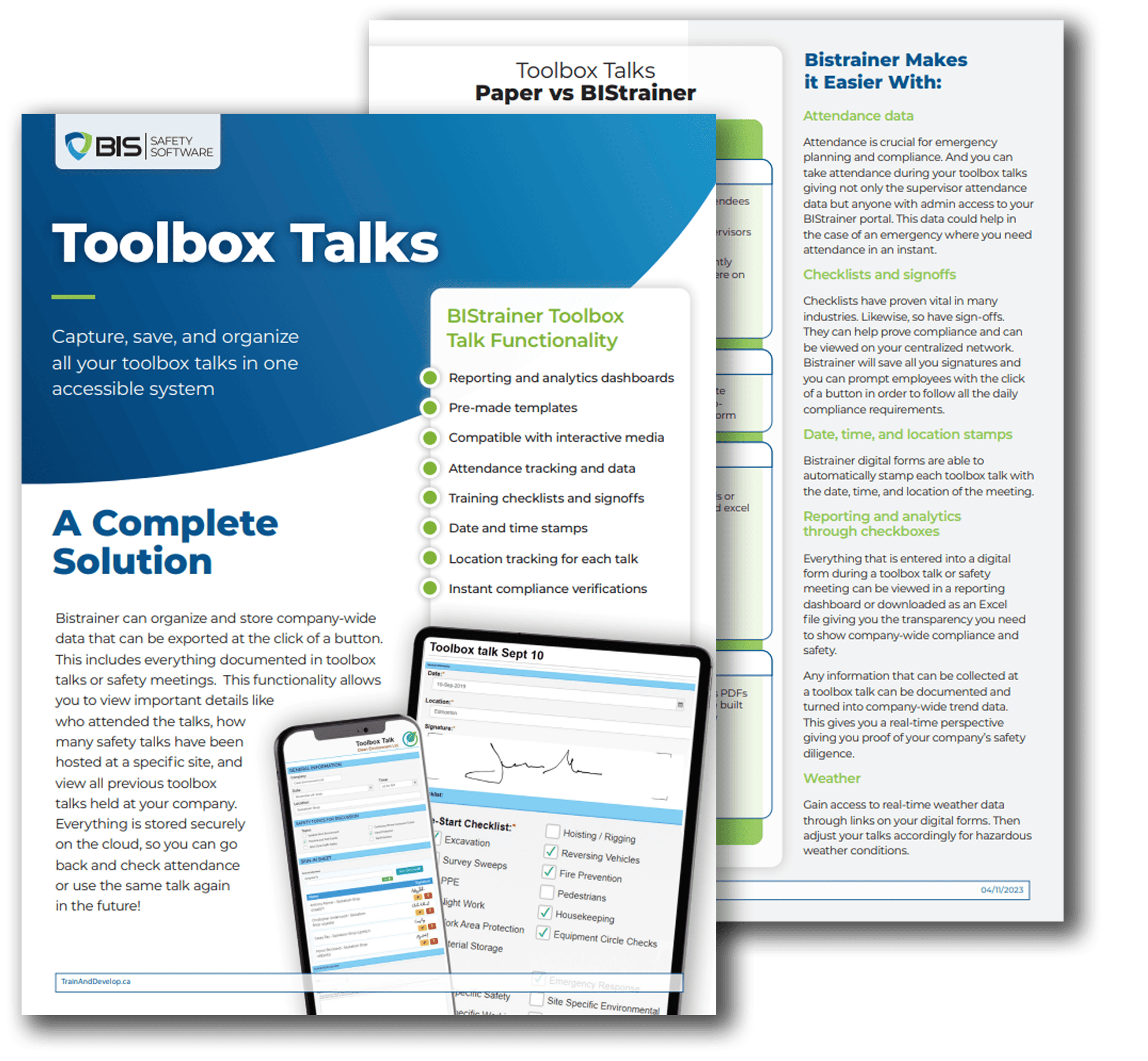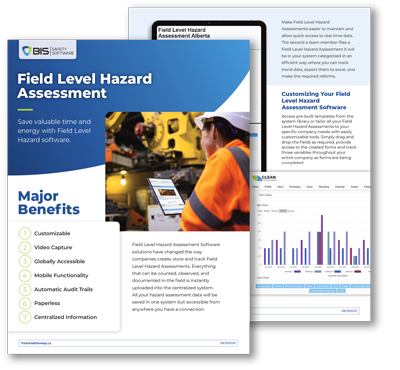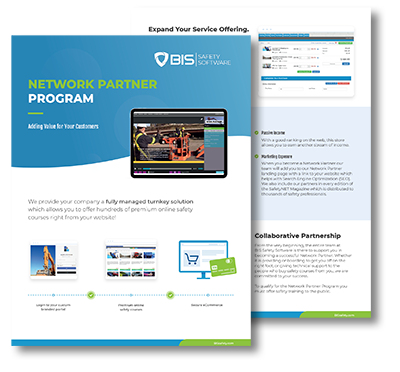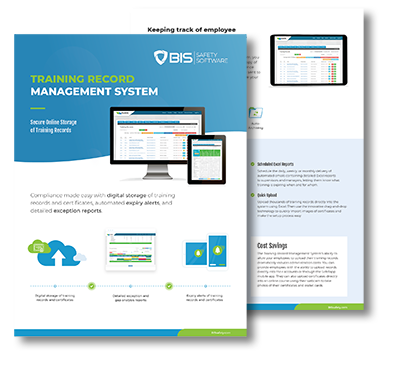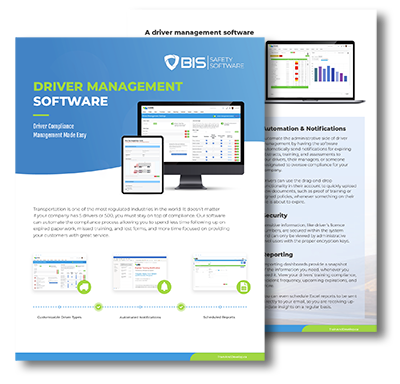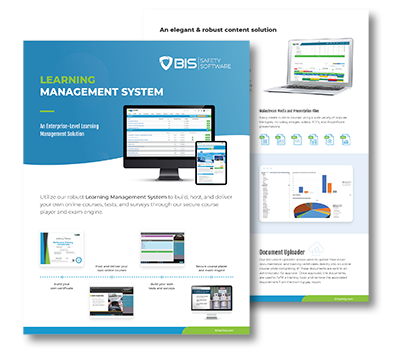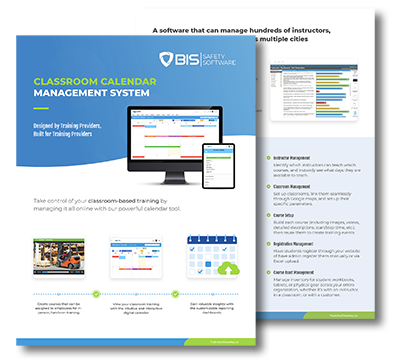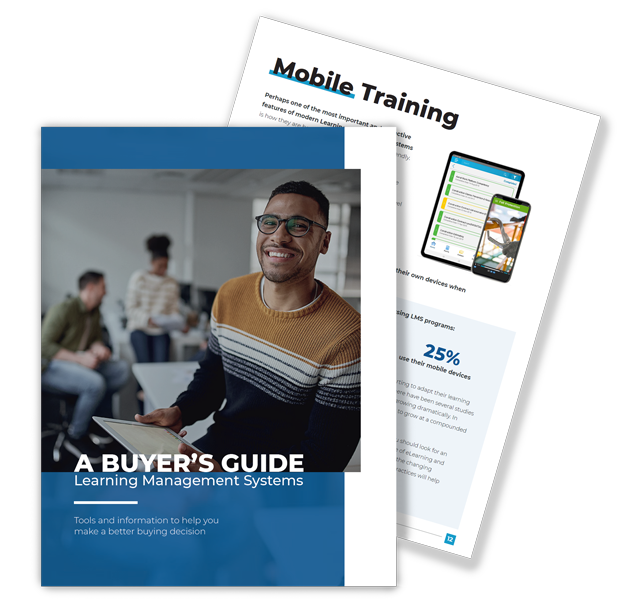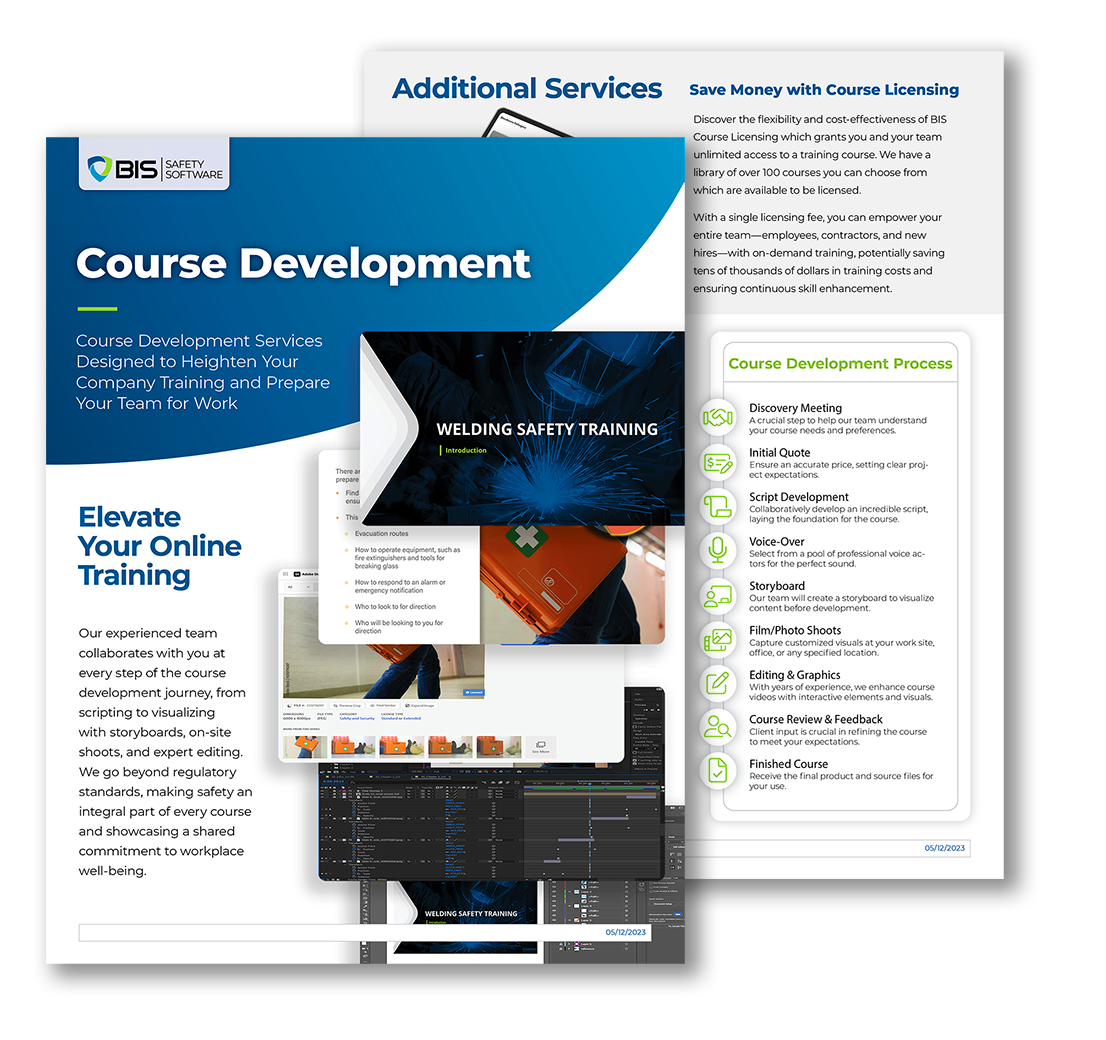Nobody dreams of being a health and safety officer as a child.
And yet, they’re the ones industries can’t run without — professionals who carry the responsibility of making sure everyone gets home safe. You won’t see them on billboards,
but you’ll feel their impact every time a site runs smoothly, a team speaks up, or a near miss is avoided altogether.
Ask how they got into the role? You won’t hear “straight from university.” More likely: “I never saw it coming.”
But once safety found them, they never looked back.
Safety Is a Journey, Not a Job Title, Jennifer Lastra: From Naval Circuits to VR Classrooms
Jennifer began her career in the U.S. Navy, working hands-on with electrical systems in harsh environments. After the military, she shifted to manufacturing — where she quickly noticed a gap between formal training and actual risk.
Virtual reality offered her a solution. By immersing people in real-feeling simulations, she helped close the gap between theory and reality. Her credibility? It comes from experience. Jennifer’s seen what danger looks like — and she knows how to prepare people for it.
Allan Moore: From Language to Leadership
Allan Moore didn’t set out to work in safety. He started as a translator, interpreting health and safety protocols for global operations. But soon he was asked to take on more.
Instead of enforcing rules, he started building trust. His background gave him a unique edge — he could see both sides: policy and people. What emerged was a style of leadership built on respect and relationships.
Safety wasn’t a position for Allan. It became a purpose.
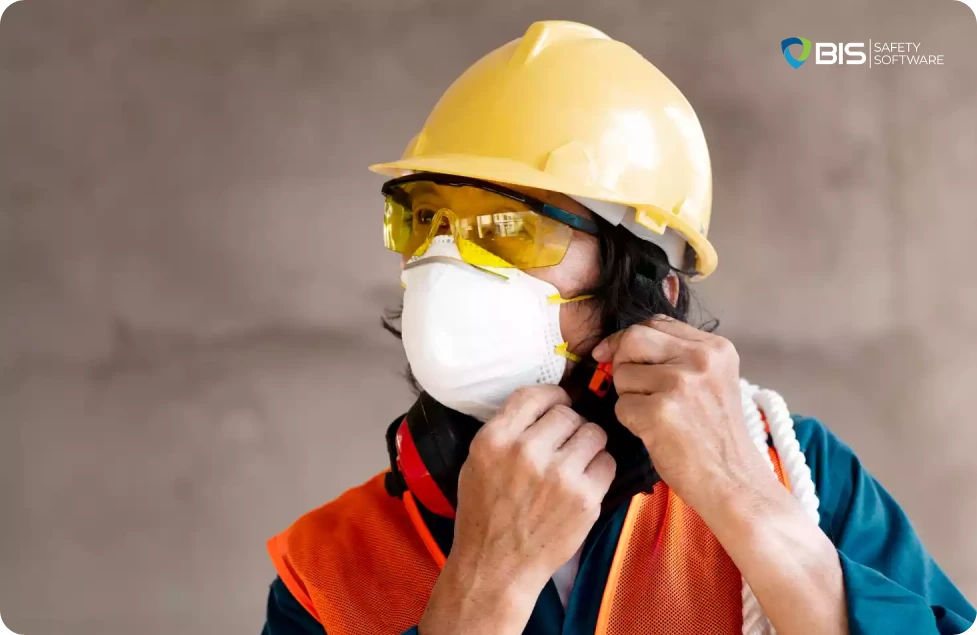
Dr. Johanna Pagonis: From Systems Thinking to Safer Workplaces
Johanna came from academia, studying leadership and organisational behaviour. Safety wasn’t her focus — until a colleague pointed out that her expertise in psychological safety was sorely needed in the field.
She stepped in.
Now, Johanna works with companies to develop cultures where people aren’t just physically safe, but mentally supported too. For her, it’s not about ticking boxes. It’s about creating environments where people speak up before something goes wrong.
Martin Tanwi: Bridging Science and Site Work
Martin’s path started with environmental science and safety systems. But the real turning point came when he took those theories to the field — into the noise, pressure, and unpredictability of live worksites.
What sets Martin apart is his insistence on visibility. He shows up. He listens. He observes. That level of engagement builds credibility, which in turn drives real change.
The Common Thread?
None of them aimed for safety. And that’s precisely why they’re exceptional.
They bring hard-earned perspective, field knowledge, and emotional insight. They’ve worked in tough environments. They’ve dealt with real people. They’ve seen the gap between what’s written and what’s real — and they’ve made it their mission to close it.
A UK Hiring Wake-Up Call
In the UK, we often focus on qualifications, acronyms, and standardised training. But if these stories teach us anything, it’s this:
Hire for heart. Hire for history. Hire for humanity.
The best safety leaders don’t just follow rules. They understand why the rules matter. And they make sure the people around them do too.
Additional Articles

Empathy at Work: The Leadership Mindset That’s Driving Real Results
Empathy at work isn’t fluff—it’s a performance driver. From trust and safety to innovation and loyalty, emotionally intelligent leadership is reshaping business success. … Read More

A Guide to Complacency in the Workplace
Learn how routine complacency in the workplace causes accidents and explore our guide for simple ways to keep your workplace safe and alert. … Read More

